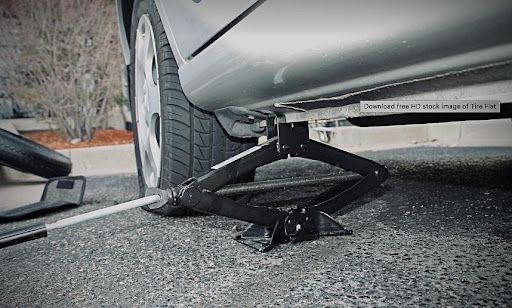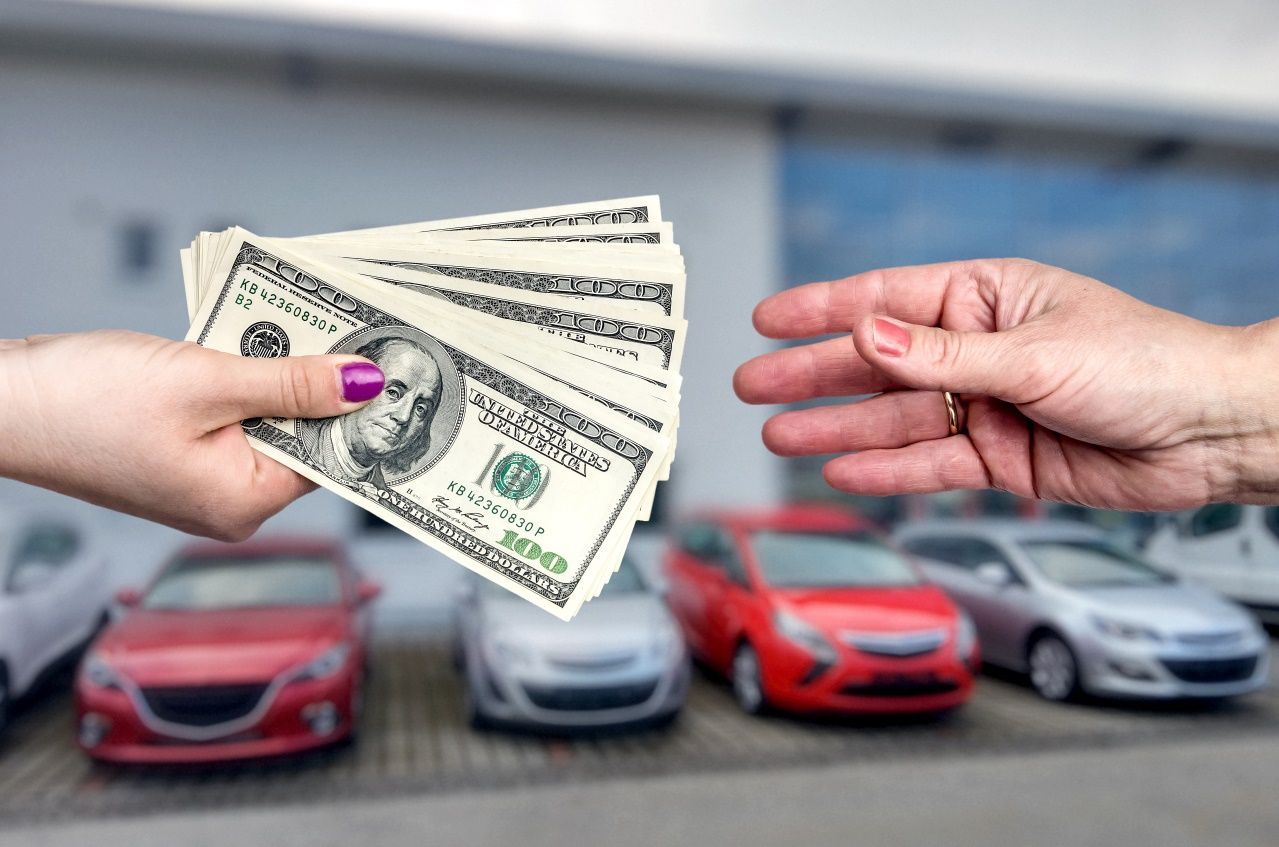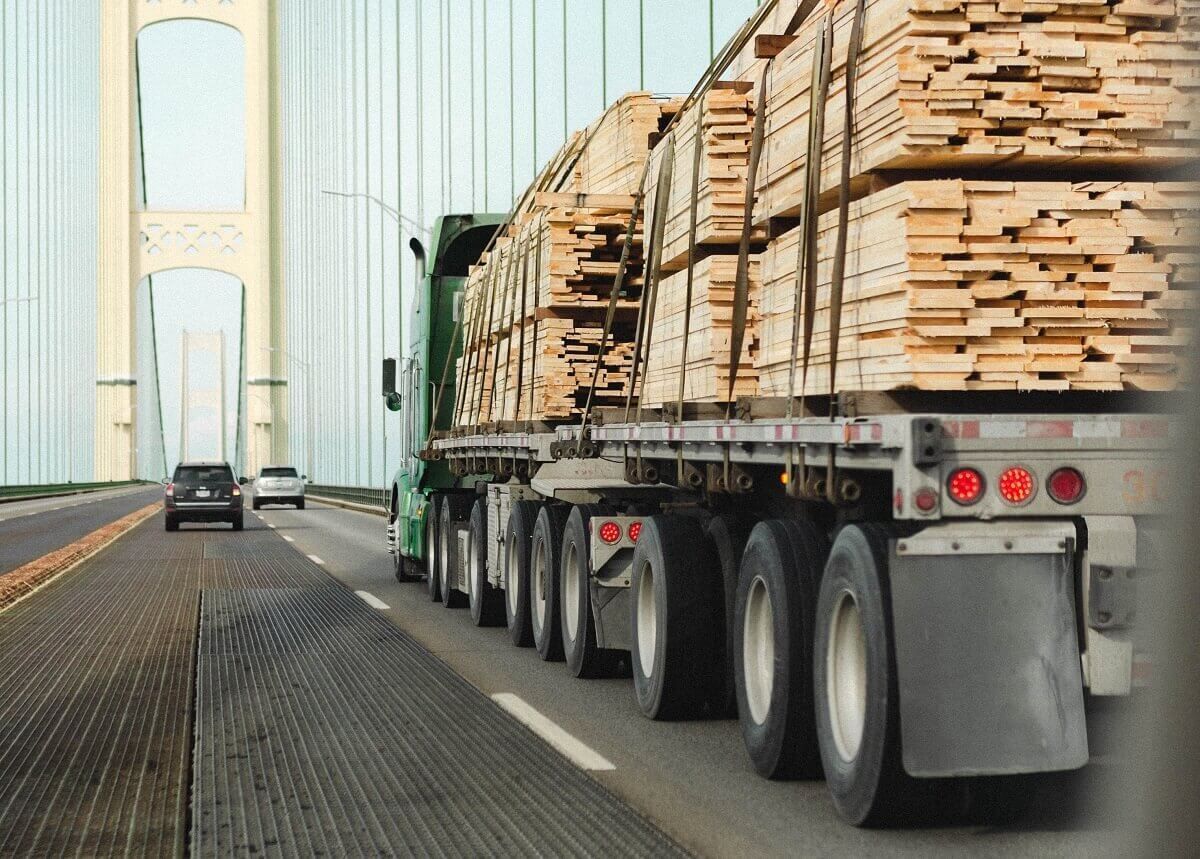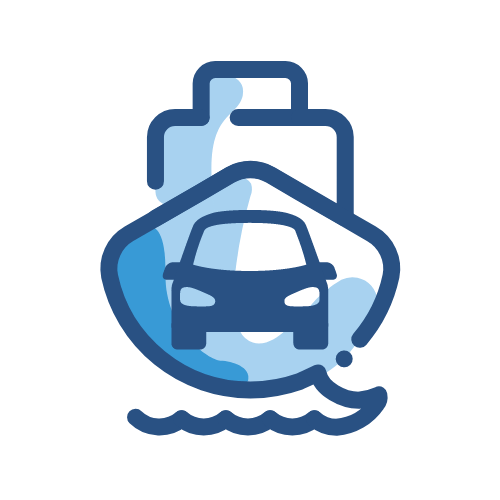Is It Okay to Run on a Flat Tire? Dos and Dont's
Everyone has experienced this situation: you're driving along, buried in your thoughts or bopping to your favorite music, then all of a sudden, you feel a startling thud. As you come to terms with having just encountered every driver's worst nightmare—a flat tire—your heart sinks. Unless you are certain that your tires are "run flat tires", you might find yourself debating at that point whether it's safe to continue driving on that deflated rubber or whether you should stop right now. So, do not worry! We'll solve the riddle of running on a flat tire in this article. Prepare to learn the dos and don'ts that will empower you to confidently handle this challenging scenario and make the best decisions.

Running on a Flat Tire: Pros, Cons, and Safety Risks
If you experience an unexpected blowout or puncture while driving, it may be tempting to continue driving with a flat tire. However, there are considerable risks involved with this technique for both your safety and the health of your car. The pros and downsides of jogging on a flat tire will be covered in this article, along with information on possible repercussions and helpful advice on how to handle such circumstances.
The Dos of Running on a Flat Tire
- Consider your options: Running on a flat tire can be necessary to get to a safer location if you find yourself in a rural area without rapid access to a spare tire or roadside assistance.
- Keep your speed down: If driving with a flat tire is your only option, make sure to keep your speed down significantly. Driving slowly reduces the possibility of breaking the rim and losing control of your car.
- Limitations on distance: Running with a flat tire should only be done over short distances. Long-distance driving on a flat tire might further harm your car's suspension and raise the possibility of an accident.
- Use of spare tires: If you have a spare tire, it's best to use it as quickly as you can to replace a flat tire. Spare tires are not meant to be driven on for an extended period of time.
- Seek professional help: To tackle the situation, it is preferable to call a roadside assistance agency or a reputable tire repair shop whenever it is feasible. They are equipped with the knowledge and tools necessary to properly manage the flat tire and offer a workable solution.
By adhering to these guidelines, you can reduce the dangers of driving on a flat tire and improve your chances of arriving at a safe area or a repair shop without causing further harm to your car. Keep in mind that safety should always come first.
The Don'ts of Running on a Flat Tire
While it may seem handy to continue running on a flat tire, it's important to be aware of the risks and refrain from taking the following actions:
- Reduce speed: Driving with a flat tire at high speeds is never advised. This can result in a loss of control, more tire damage, and a greater likelihood of an accident.
- Ignoring warnings: Many modern cars come with tire pressure monitoring devices that alert you when a tire is underinflated. Ignoring these cautions and carrying on while your tire is flat can permanently harm both the tire and the rim.
- Overloading the vehicle: Operating a vehicle with a flat tire while it is overloaded increases the tire's stress and risk of further damage. Make sure you follow the manufacturer's suggested load capacity for your car.
- Long-term use: Driving on a flat tire for a long time might result in an excessive accumulation of heat, which can damage the sidewall or result in tire collapse. Avoid using a flat tire for too long and get help as soon as you can.
- Attempting DIY repairs: Although it may be tempting, it is not suggested unless you have the necessary skills and tools to try and fix a flat tire yourself. Tire failure and safety risks might occur from improper repairs. It's preferable to leave tire repairs to experts who have the knowledge and equipment necessary to do the task efficiently.
The Value of Proper Tire Maintenance (Quick Tips)
Because prevention is always better than cure, routine tire maintenance is crucial. Take into account the following to reduce the likelihood of a flat tire and the requirement to drive on one:
- Routine tire inspections: Check your tires frequently for wear indicators such as cuts, bulges, and punctures. Additionally, check the tire pressure at least once every month with a trustworthy gauge.
- Tire rotation and balancing: To guarantee even wear and extend the life of your tires, rotate them according to the manufacturer's recommendations. Additionally, have them regularly balanced to ensure stability and reduce vibrations.
- Correct inflation: Keeping your tires inflated properly is essential for performance and safety. The recommended pressure can be found on the tire placard on the driver's side door jamb or in the owner's manual for the car.
- High-quality replacements: When it comes time to replace your tires, spend your money on high-quality models that are appropriate for your driving habits and vehicle needs. Better traction, handling, and longevity are provided by quality tires.
In Conclusion
Only use a flat tire when absolutely necessary, and only for short distances. Even while it might seem like a simple remedy, the dangers and damage to your car that could result much outweigh the ease. Instead, concentrate on preventative tire care to lower the likelihood of ever experiencing a flat tire.
Keep in mind that driving with a flat tire can seriously harm the rim, suspension, and possibly result in accidents from loss of control. By adhering to the dos and don'ts listed in this article, you must put your safety and the health of your car first.
The dos of running with a flat tire include evaluating the circumstance, keeping slower speeds, minimizing the distance traveled, and realizing that spare tires are just temporary. The don'ts, on the other hand, place a strong emphasis on staying away from fast speeds, disobeying warning signs, overloading the car, and making extensive use of a flat tire.
However, concentrating on regular tire maintenance is the best strategy. To prevent flat tires, regular inspections, tire rotations, balancing, and keeping the correct air pressure levels are essential. Additionally, spending money on top-notch new tires will improve durability, performance, and safety.
You may reduce your chance of getting flat tires and ensure a smoother, safer drive by paying attention to these instructions and taking an active approach to tire maintenance. In order to completely avoid the need to run on a flat tire, prioritize the condition of your tires. Keep in mind that prevention and maintenance are essential.
















